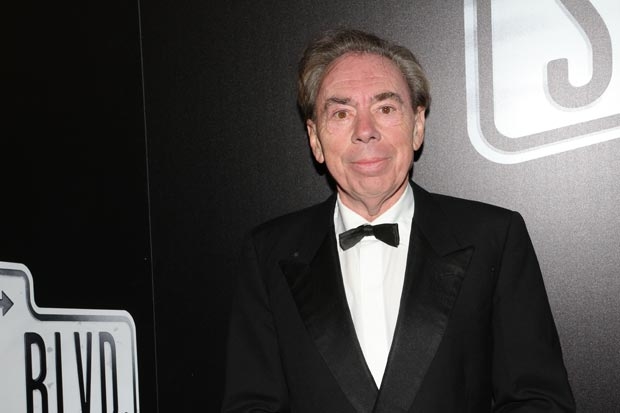Recipients of 2017 Andrew Lloyd Webber Initiative Classroom Resource Grants Announced

(© David Gordon)
The American Theatre Wing announced the recipients of the 2017 Andrew Lloyd Webber Initiative Classroom Resource Grants. Grant requests of up to $100,000 were considered for K-12 public schools, with nearly 200 applications received from across 40 states. Thanks to the Edwin Barbey Charitable Trust, an additional $100,000 were awarded this year, for a total of $240,000 in grants, doubling the number of schools served to 14.
This year’s recipients are Arlington Middle School (Lawrence, Massachusetts), Bryan Community Focus Program (Lincoln, Nebraska), Charlestown High School (Boston), Cordova High School (Rancho Cordova, California), Cypress Creek High School (Orlando, Florida), Eagle Rock Elementary School (Los Angeles), North Graham Elementary School (Graham, North Carolina), Oakland Technical High School (Oakland, California), Mickey Mantle School PS 811 @ 149 (New York), Ron Brown Academy Middle School 57 (Brooklyn, New York), Snipes Academy of Arts and Design (Wilmington, North Carolina), South Plantation High School (Plantation, Florida), Southaven High School (Southaven, Mississippi), and Western Middle School for the Arts (Louisville, Kentucky).
The grants are part of the American Theatre Wing's Andrew Lloyd Webber Initiative, a new national program which received $1.3 million in seed funding from the Andrew Lloyd Webber Foundation to promote diversity, equity, and access to the arts. This project is an expansion of the work that the multi-Tony Award-winning composer and producer has been doing to promote and fund arts education through his foundation in the United Kingdom. The Initiative’s focus is to bridge the gap between talent and opportunity, creating a stronger pipeline to the professional theater for promising artists of all backgrounds — fostering a future generation of theater makers and patrons that reflects the diversity and dynamism of America as a whole.










